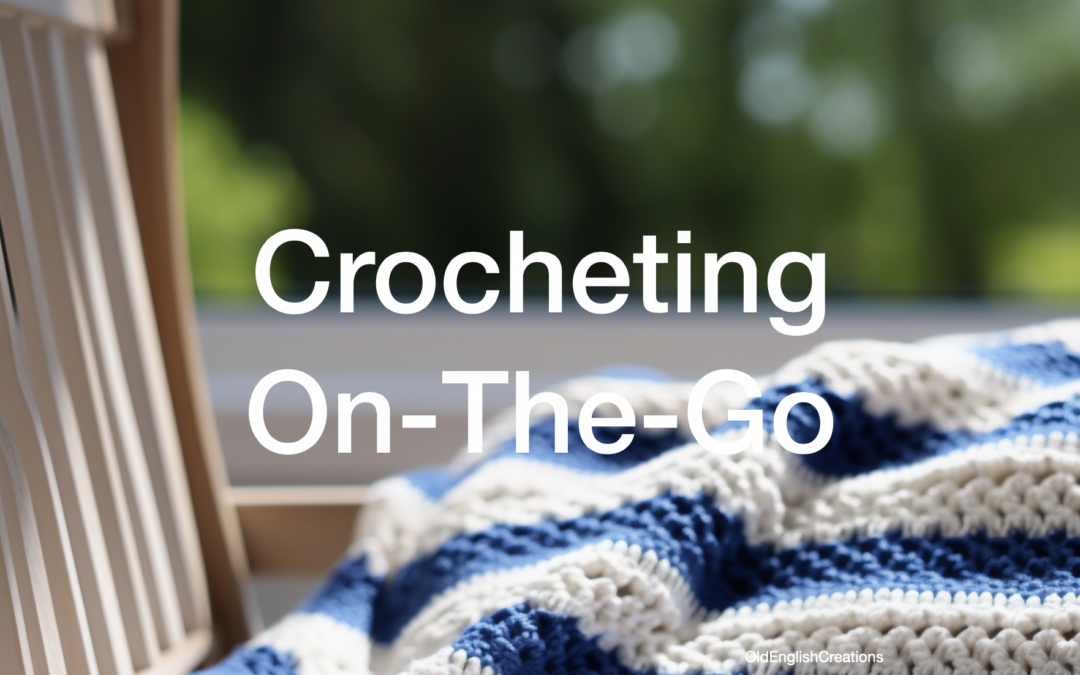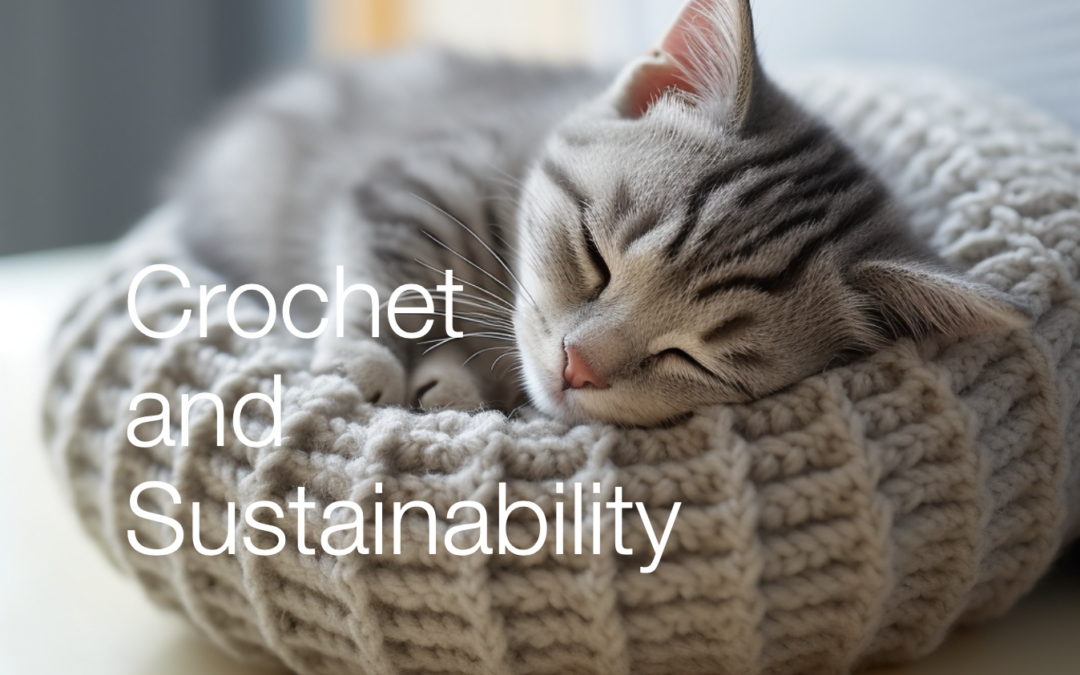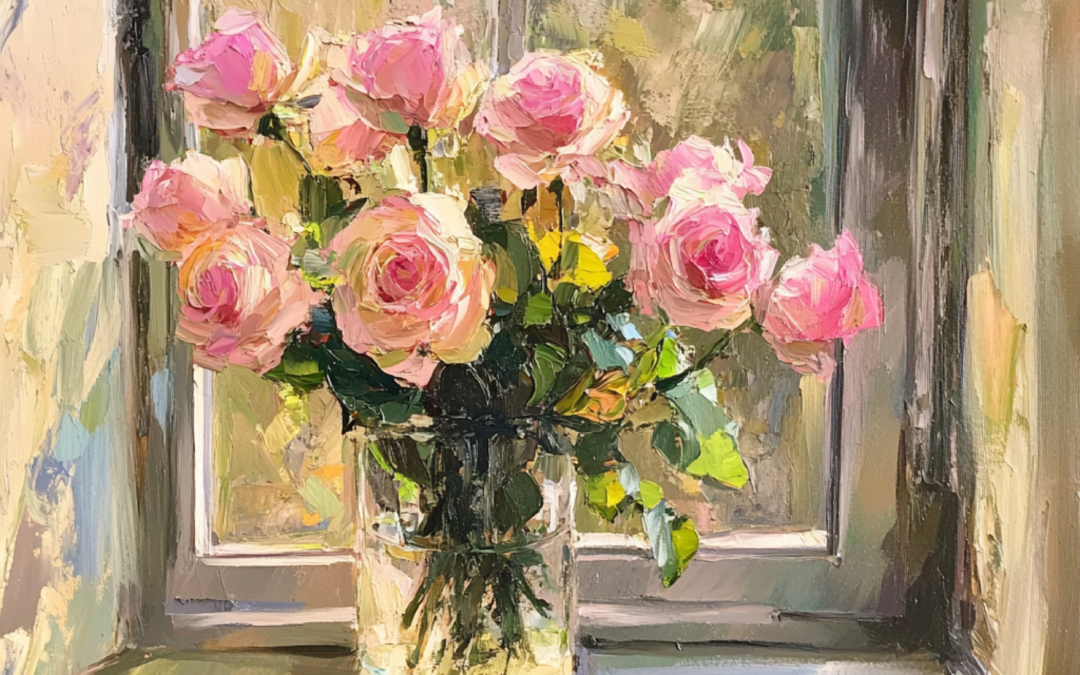The Sewing Lady
 Kate sewed. She loved sewing. She made sweat pants for the six month to two year age group. She sewed up her samples and took orders from her friends and a small order from local kids clothing shop. It was small potatoes but she kept going. She enjoyed working with her hands.
Kate sewed. She loved sewing. She made sweat pants for the six month to two year age group. She sewed up her samples and took orders from her friends and a small order from local kids clothing shop. It was small potatoes but she kept going. She enjoyed working with her hands.
Kate was retired and had the time to give to her sewing. She only sat at her machine in the day and only when the light was good. She started sewing at 10am and worked until 3pm each day from Monday to Friday.
At first she sewed in the colour and with the cloth she liked. As time went on she took orders for ten blue and ten red sweat pants. these were the popular colours for the pants.
The Sweet Spot
By buying the cloth in bulk (and getting a little discount from the draper), and making ten blue and red size small, all in one sitting she reached her sweet spot where she could not be any more efficient. At this stage she could make 19 pants a week. This was not that many really but more than she made as a hobby.
This was how her production was; cutting out on Monday, sewing the main seams on Tuesday, finishing off the garments on Wednesday, pressing the pants on Thursday and packaging and posting her finished items on Friday. Week in and week out.
It was a case of no work and no pay.
Full production
Now whilst this is good in the short term (six months) there comes a time when you can’t keep up with the orders. The kid’s shop that took ten a week had a branch in another city and wanted ten for that shop as well. What to do?
If Kate got sick she couldn’t sew. She was turning over $40 and making $160 each week at full tilt. But 19 was all she could make. She could only make nineteen sweatpants a week. If she took a day off she made less money.
Time and money
The realization eventually came to her that she could never make more money – only make less. That no matter how hard she tried there was a physical limit to how much she could do each week and it all depended on her doing it.
With no one else to help and no more time she could do no more and earn no more money. And, the sweat pants kept her so busy she couldn’t do the creative wrk that had drawn her to sewing in the first place.
The Challenge
It is a challenge faced by many crafters between earning some money, which is important, and being creative and enjoying what you do. This is known as piece work when you are paid by the item. If there are no items to sell there is no pay for you. But piecework is an entry into having an independent micro business and this is what attracts many people every year – freedom. Piecework has its place and can be sustained indefinitely. It is what I recommend to crafters to get them going. Take the plunge and put you crafts out there.
You may also like:

Author Bio
Alison is a passionate crochet enthusiast and dedicated business blogger. She combines her love for crafting and entrepreneurship to inspire and connect with others.
With a knack for transforming yarn into beautiful creations and a flair for sharing valuable insights about running a successful crochet business, Alison embodies the perfect blend of creativity and practicality.
Read more about Alison’s crochet journey.
More Articles
If you enjoyed this post and crochet is your thing, you may like some other crochet articles from our blog.

Crocheting on the Go
Making Space for Crochet Special Places I have a cherished spot in my home that's dedicated to my crocheting. It's where I spend a lot of my creative time. At any given moment, you'll find me working on at least two crochet projects. One of them is usually a...

Crochet and Sustainability for Eco-friendly Self-care
Discover how crochet and sustainability have a natural intersection, as this craft involves creating beautiful and useful items from yarn, a renewable and versatile material.

The Calm Crocheter: Newsletter
"The Calm Crochet" Newsletter Welcome to the Calm Crocheter Discover the art of crochet as self-care. At Old English Creations, we believe that crochet is more than a craft—it's a soothing ritual that nurtures your mind and spirit. Our Calm Crocheter newsletter is...